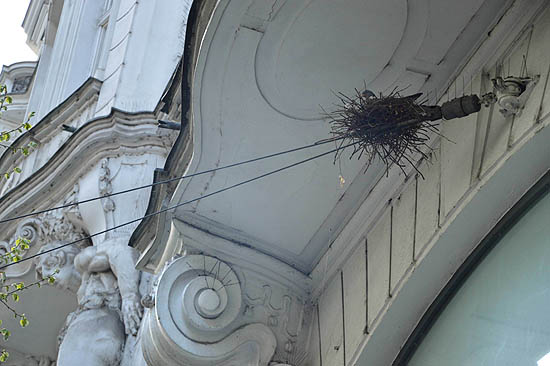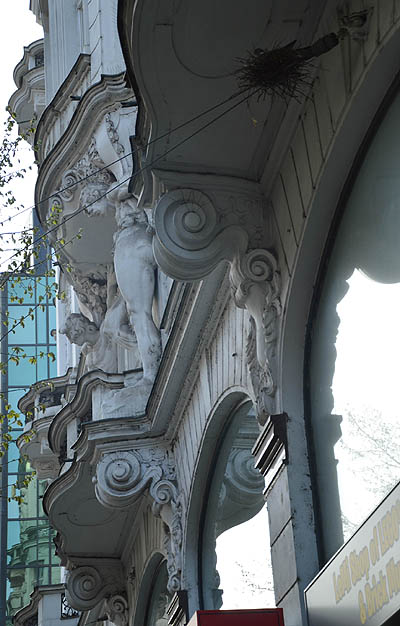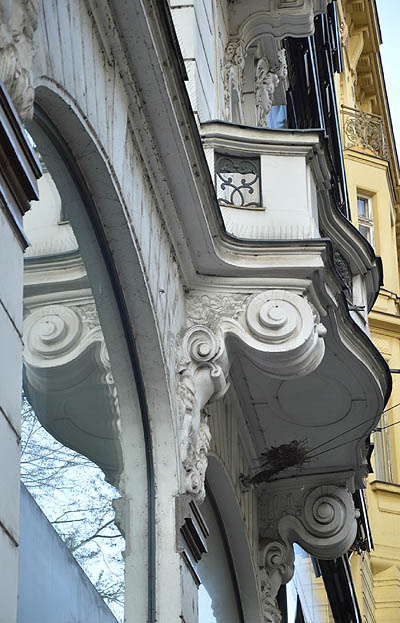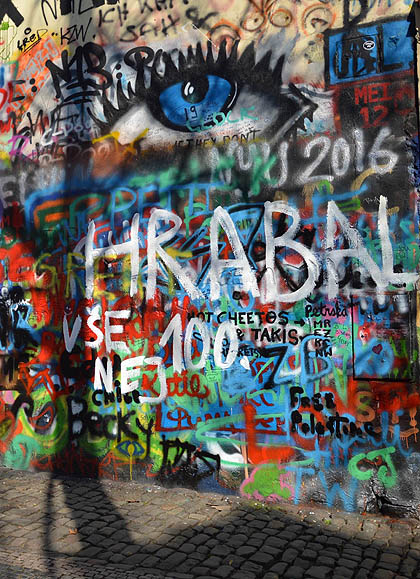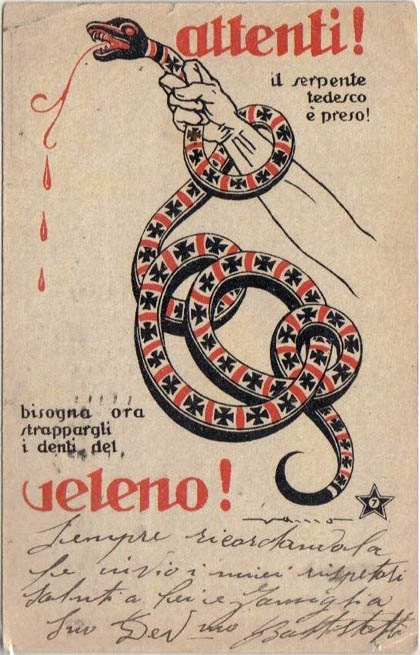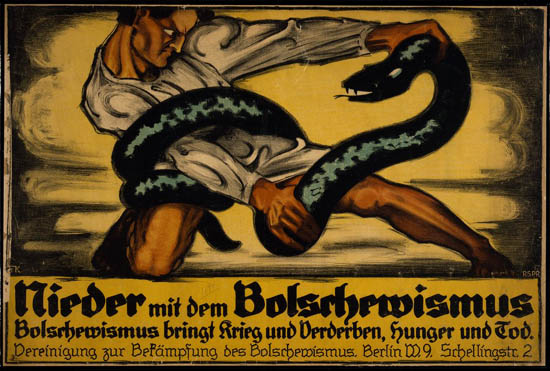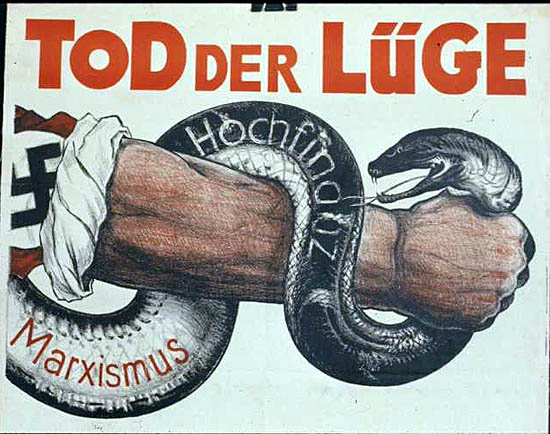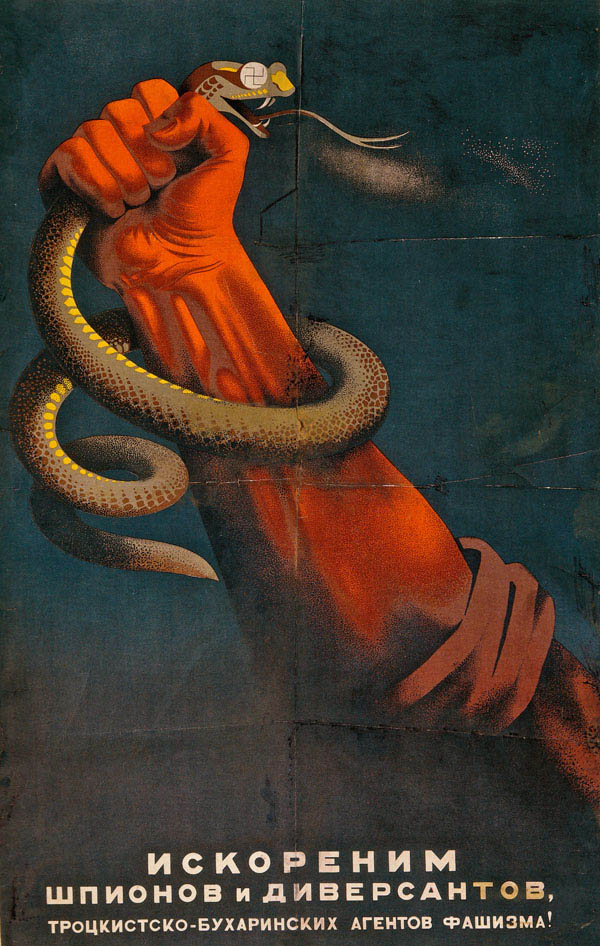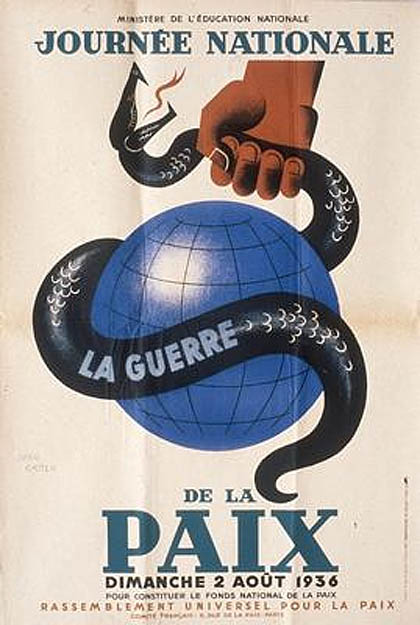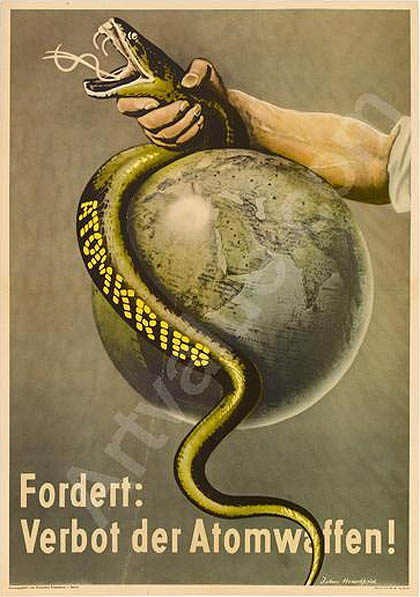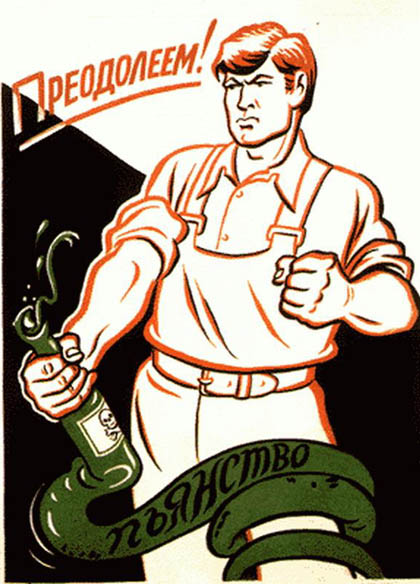


I just came for a coffee to the Kazimir House in Budapest’s
Kazinczy street, but on arriving upstairs, a merry international company greets me, sitting around the long table, with wine, duck liver paté, and live guitar music. “What’s going on?” I ask Andrea, surprised. “We’ve just finished our first tour of the Jewish Quarter, and as you can see, it was a complete success. The next one starts soon. Come along, if you have time.”
Last Sunday, the Hungarian Jewish Cultural Association began their
sightseeing walks in the Jewish Quarter, as the 7th district of Budapest is traditionally called. On the following two Sundays, 30 March and 6 April, they will present the scenes and traditions of former Jewish life of the quarter, primarily for “outsiders”. Nevertheless, they also have something to show, even to the connoisseurs of the quarter. We also visited two old synagogues, hidden in two inner courtyards, where I had not yet been. The one at Dessewffy street 23 was converted from a stable by Jewish porters of the nearby Western Railway Station – perhaps this is the only synagogue where the two functions followed each other not in the reverse order. And the one at Vasvári Pál street 5 was designed in 1885 by Sándor Fellner, later a renowned architect of Budapest, for the Talmud Torah Society
(Shas Chevra), founded for the strengthening of the orthodoxy.
The Hungarian Jewish Cultural Association will repeat the two walks in the next two Sundays: from 1 p.m. they will lead a general presentation of the quarter, and from 4 p.m. they will visit some hidden synagogues. On 30 March, the large walk will be in English and the synagogue tour in Hungarian, and on 6 April, the other way around. If you are in Budapest,
come and join them! (Registration in e-mail:
mazsike@gmail.com.)



